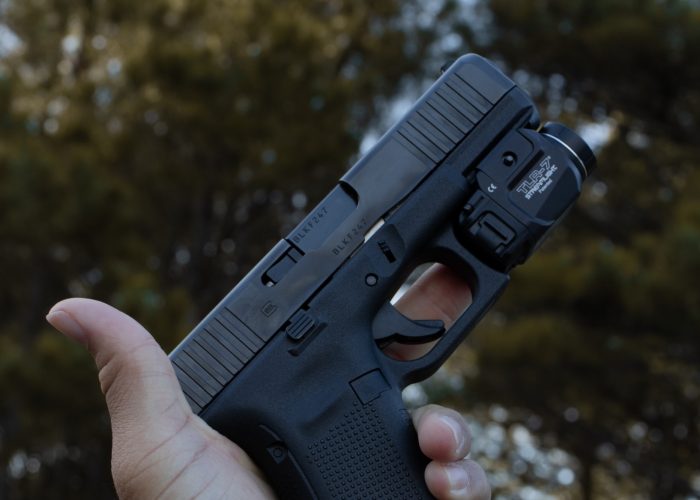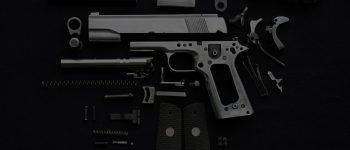
Georg Luger redesigned the 1893 Borchardt automatic pistol and created the iconic pistol known today, as the Luger. The original Luger was developed as a military pistol. It used a .30 caliber cartridge named the 7.65mm Parabellum. In Latin, Parabellum means “for war”.
The original loading used a 93 grain, .30 caliber bullet, propelled at 1,158 feet per second with 250 foot pounds of energy at the muzzle. It was a “bottle-necked” cartridge that had a rim diameter of .393”.
This cartridge was ample for Switzerland’s military. The Swiss adopted the Luger in the 7.65mm Parabellum chambering (also known as the 30 Luger) for use by their military in 1901.
Other countries were also seeking a semi-automatic pistol for military use at the turn of the 20th century. These different countries had different requirements for their militaries.
Georg Luger worked for DWM (Deutsche Waffen und Munitionsfabriken) in Berlin, so adoption of the Luger by the German military, would be the ultimate achievement for the company.
The Luger met the military durability requirements, but the 7.65mm Parabellum was too weak by German standards.
To meet the requirements, Georg Luger simply removed the “bottle-neck” and opened the mouth of the case to accept a 9mm (.354) diameter bullet. This created the rimless case, with a slightly tapered wall, that we recognize today. The original bullet was 124 grains and had a muzzle velocity of 1,132 ft/sec with 352 ft/lbs of energy, meeting Germany’s requirements. Subsequently, the 9mm Parabellum (9mm Luger) cartridge was born.
Over a century later, the 9mm Parabellum is the most popular pistol and sub-machine gun round in the world. It is used by all NATO forces and most Police departments with 115, 124 and 147 grain bullets as the standard projectiles.





